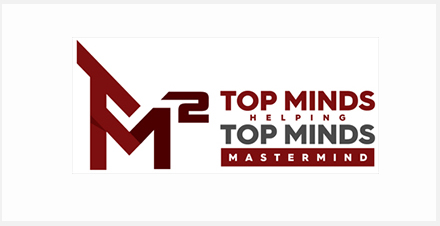In the past, technological transformations arrived with a flourish. Today, that is no longer the case. Despite the quiet arrival of changes in technology, the impact of recent advancements is often dramatic. With the arrival of tech like IoT, AI and Big Data, intricate industries are operating with better efficiency and higher productivity levels. This is how digital transformation is changing the business world.
There are five components of digital transformation. They include:
• People
• Information
• Insights
• Action
• Outcome
People
Digital change begins with people, which is something that you should keep in mind when you consider information. In most organizations, the people part of digital change will include the information that they have about their customers, clients and workers.
Information
For an organization to scale the information that they have about their customers and workers, it needs to collect data. The information component is the area where advanced technology has the biggest impact.
Insights
Information is often compared to oil because the value of it is based on if your organization can clean, refine and use it to power something important. If you don’t have a model, framework or system, your organization won’t be able to take advantage of the information it collects and turn it into insights.
Action
Keep in mind that your organization needs to do more than reach the insights phase. In fact, the best insights will be useless if the organization doesn’t have a way to transition them into actions. Even if you have the most advanced artificial intelligence, data science and analytics, it’s still up to the people of your organization to decide how to handle a prediction.
Outcome
The last phase is results. In this phase, you need to assess the results and decide how to use them.
The Importance of a Digital Culture
Figuring out why your organization needs digital change is challenging. This is especially true if your company is operating smoothly. A major misconception is that when organizations upgrade their systems with advanced technology, the transformation is complete. However, digital change is about more than software or technology. Digital change is about company adaptability.
For your organization to stay on track after digital change, it must be flexible and agile. An organization’s culture is key to a successful digital initiative.
How can you determine if your organization has a digital culture? Consider whether your company believes that its clients are at the center of its organization. Do you use information to predict and foresee what your customers need and want? Also, assess whether your company makes immediate decisions when you have the information available. If this is how your organization operates, then you have a digital culture. If you’re not sure, then prepare to make changes.
Digital Transformation is Imperative
Digital change is shifting how the world operates. Organizations that embrace making the right changes at the right time will have an advantage over the competition. If you need guidance on how to use the information collected by your organization, contact me at the Productivity Intelligence Institute.













